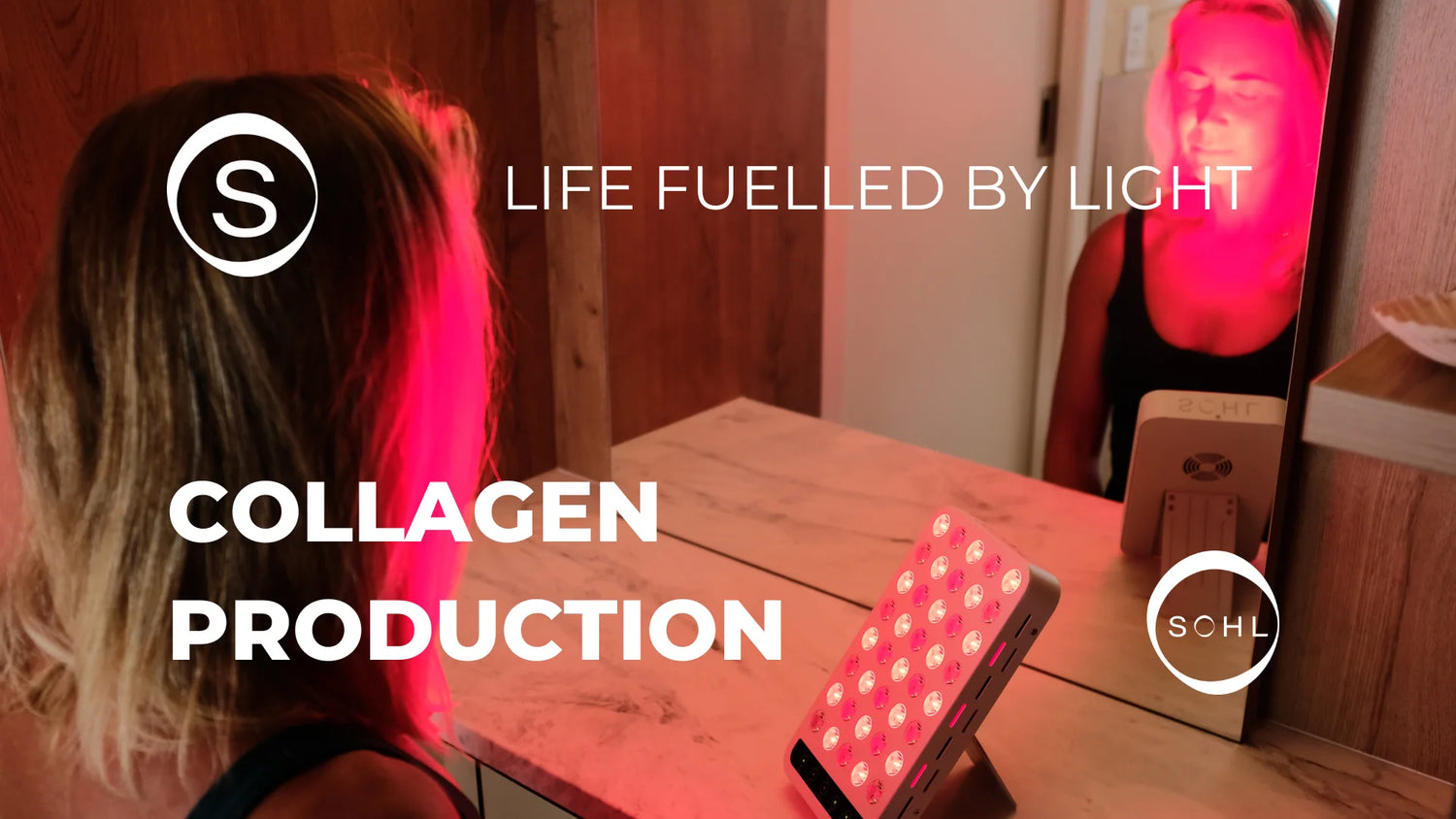Sleep is crucial for overall health and well-being, yet many people struggle with sleep problems such as trouble with getting to sleep, insomnia or poor sleep quality. Red light therapy has emerged as a potential treatment option for sleep disorders, but how exactly does it work? Let's explore the science behind red light therapy and sleep.
The Science Behind Sleep
Sleep is a complex biological process involving various stages and physiological changes. The body's circadian rhythm, or internal clock, regulates sleep and wakefulness, which is influenced by environmental factors such as light exposure.
During sleep, the body undergoes several processes, including:
- Restoration and repair of tissues and organs
- Consolidation of memories and learning
- Regulation of mood and emotions
- Hormone regulation and production
The Role of Light in Sleep
Light exposure is a key factor in regulating the body's circadian rhythm and sleep-wake cycle. Exposure to light, especially blue light, can suppress the production of melatonin, a hormone that regulates sleep, and promotes wakefulness. In contrast, exposure to red light has been shown to improve sleep quality and duration.
How Red Light Therapy Helps Improve Sleep
Red light therapy works by stimulating the production of ATP (adenosine triphosphate), a molecule that is essential for cellular energy production. This can help to improve cellular function and reduce oxidative stress, which can contribute to sleep disturbances.
Red light therapy has been shown to:
- Increase melatonin production: Red light therapy has been shown to increase the production of melatonin, which can help to regulate the sleep-wake cycle and improve sleep quality.
- Promote relaxation: Red light therapy can help to promote relaxation and reduce anxiety, which can improve sleep quality.
- Improve sleep duration: Red light therapy has been shown to improve sleep duration, allowing individuals to get more restful sleep.
Clinical Studies on Red Light Therapy and Sleep
Several clinical studies have investigated the effects of red light therapy on sleep. For example:
- A study published in the Journal of Athletic Training found that red light therapy improved sleep quality and duration in collegiate athletes.
- Another study published in the Journal of Sleep Research found that red light therapy improved sleep quality in individuals with chronic insomnia.
- A third study published in the Journal of Clinical Sleep Medicine found that red light therapy improved sleep quality and duration in patients with sleep disorders.
Conclusion
Red light therapy is a safe, non-invasive treatment option for improving sleep quality and duration. It works by stimulating the production of ATP, increasing melatonin production, promoting relaxation, and improving sleep duration. Clinical studies have shown that red light therapy can improve sleep quality in athletes, individuals with chronic insomnia, and patients with sleep disorders. If you're interested in trying red light therapy for sleep, talk to your healthcare provider about whether it may be a beneficial addition to your sleep routine.





